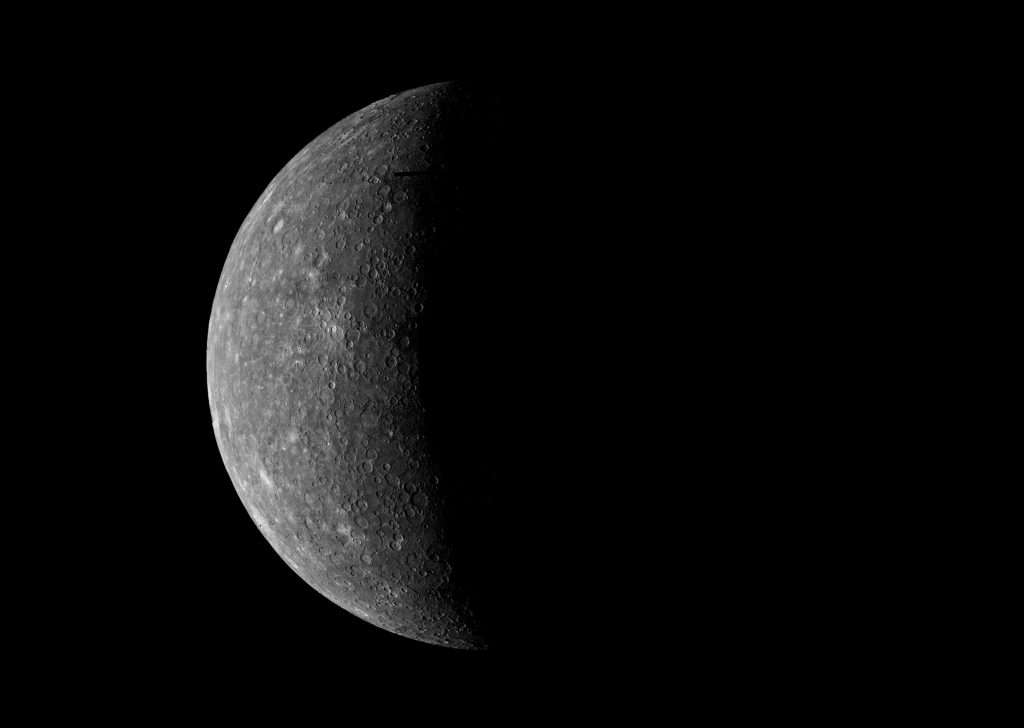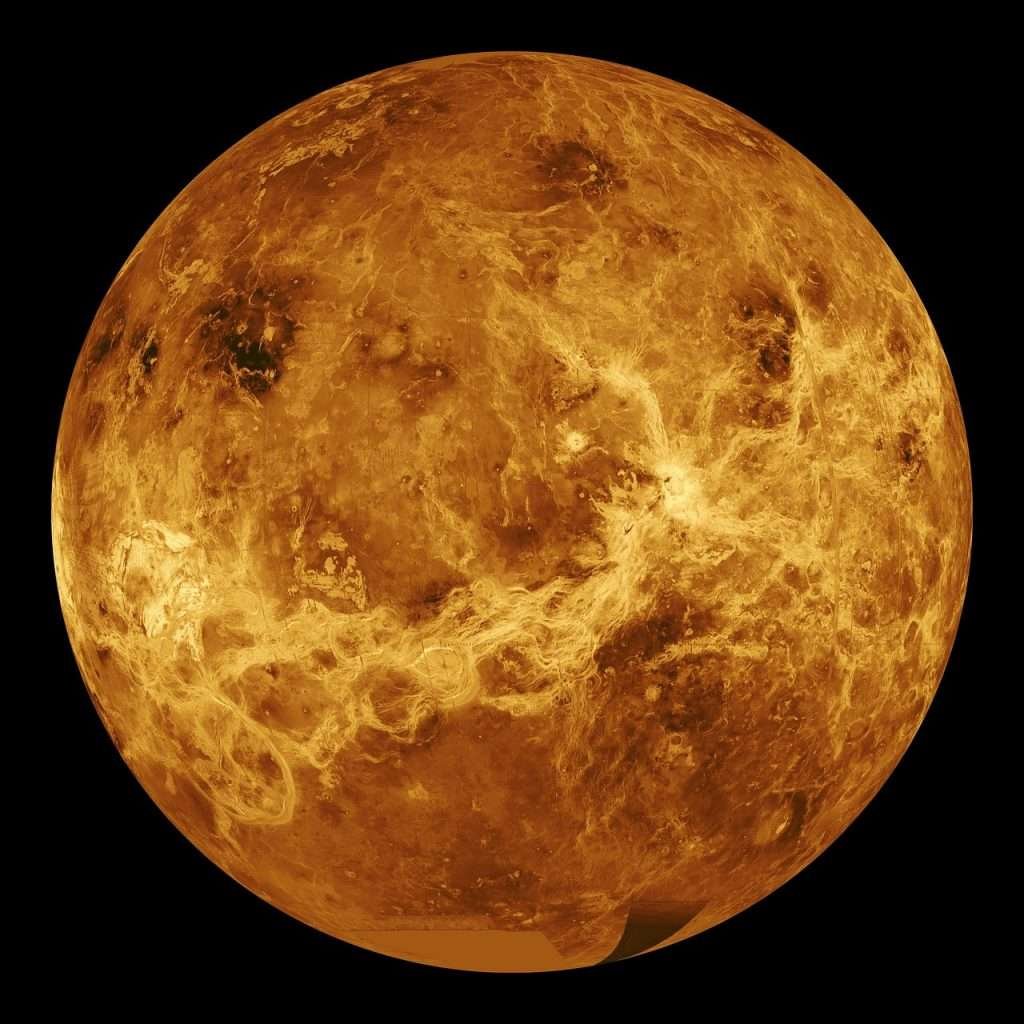Which is the Nearest Planet to Earth?
Understanding the relationships and distances between planets is essential in the vast expanse of our Solar System. The question that frequently captures the curiosity of many is: which is the nearest planet to Earth? A seemingly straightforward query, the answer is multifaceted, depending mainly on how we define ‘nearest’.
Mercury or Venus: Delving into the Proximity Puzzle
Historically, the widely accepted belief was that Venus was our closest neighbouring planet. This is because, at specific points in its orbit, Venus can approach Earth at just 42 million kilometres. Compare this to Mercury, which, at its closest approach, stays a more distant 77 million kilometres away.
However, this perspective only provides a slice of the entire picture. Planets don’t stand stationary; they orbit around the Sun, and their relative distances to each other fluctuate. Due to its orbit, Mercury never finds itself more than the combined distance of Earth’s and Mercury’s distances from the Sun. Thus, while Venus might sometimes cosy up closer than Mercury, it can also swing far out, especially when positioned on the opposite side of the Sun.
When considering average distances, a compelling argument surfaces: Mercury, on average, is closer to Earth than Venus. This logic extends to Mercury’s relationship with all other planets. For example, Neptune is, on average, more comparable to Mercury than Uranus.

Misconceptions in the Modern Age
The recent buzz on the internet proclaimed a revelation: “Mercury, not Venus, is the closest planet to Earth!” But is this genuinely a groundbreaking discovery? The truth lies in understanding the dynamic nature of our solar system.
A primary cause for misunderstanding is how our solar system is conventionally depicted in illustrations. Often, planets are aligned in a row, with Venus appearing between Mercury and Earth, lending to the misconception. In reality, the planets’ orbits around the Sun are not synchronized, leading to ever-changing proximities.
Defining ‘Closest’: A Matter of Perspective
How we determine which planet is ‘closest’ can vary:
- Shortest possible distance: Here, Venus takes the crown, being considerably closer than Mercury during specific alignments.
- Average distance: Mercury wins due to its never exceeding the sum of Earth’s and Mercury’s distances from the Sun.
- Instantaneous proximity: This method checks the current distance at a given moment. Depending on the planetary orbits at the time, Mercury, Venus, or even Mars might be Earth’s nearest neighbour.

What did we learn today?
The answer to the question, “Which is the nearest planet to Earth?” isn’t static. It hinges on the criteria used to evaluate proximity. While Venus may sometimes be physically nearer, on average, Mercury holds the title of Earth’s closest planetary neighbour. It’s essential to recognize the fluidity and complexity of our solar system to appreciate these ever-changing relationships.

